Nd4 How Many Stops ?
ND4 is a neutral density filter that reduces the amount of light entering the lens by 2 stops.
1、 Definition of Stops in Photography
"nd4 how many stops" refers to the use of a neutral density filter with a strength of ND4, which reduces the amount of light entering the camera by four stops. In photography, a stop is a unit of measurement that represents a doubling or halving of the amount of light reaching the camera's sensor. Each stop either doubles or halves the amount of light, depending on whether it is being increased or decreased.
Neutral density filters are commonly used in photography to control the amount of light entering the camera, particularly in situations where the available light is too bright for the desired exposure settings. ND filters come in different strengths, with ND2 reducing the light by one stop, ND4 by two stops, ND8 by three stops, and so on.
In recent years, the use of digital cameras and post-processing software has made it possible to achieve similar effects to those of ND filters without actually using them. However, ND filters are still preferred by many photographers for their ability to control the light at the time of capture, rather than relying on post-processing.
Overall, understanding stops in photography is essential for achieving proper exposure and controlling the amount of light entering the camera. The use of ND filters is just one of the many tools available to photographers for achieving their desired results.

2、 Calculation of Stops in Exposure
"nd4 how many stops" is a common question among photographers who are looking to use a neutral density filter to control the amount of light entering their camera. The answer to this question is that an nd4 filter reduces the amount of light entering the camera by 2 stops.
To understand how this works, it's important to understand the concept of stops in exposure. A stop is a unit of measurement that represents a doubling or halving of the amount of light entering the camera. For example, if you increase the shutter speed by one stop, you are halving the amount of light entering the camera. If you decrease the shutter speed by one stop, you are doubling the amount of light entering the camera.
An nd4 filter reduces the amount of light entering the camera by 2 stops. This means that if you were shooting without a filter and your exposure settings were f/8, 1/125s, and ISO 100, you would need to adjust your settings to f/8, 1/30s, and ISO 100 when using an nd4 filter.
It's worth noting that the number of stops reduced by an nd filter is directly proportional to the strength of the filter. For example, an nd8 filter reduces the amount of light entering the camera by 3 stops, while an nd16 filter reduces the amount of light entering the camera by 4 stops.
In conclusion, an nd4 filter reduces the amount of light entering the camera by 2 stops. Understanding stops in exposure is crucial for photographers who want to use filters to control the amount of light entering their camera and achieve the desired exposure settings.
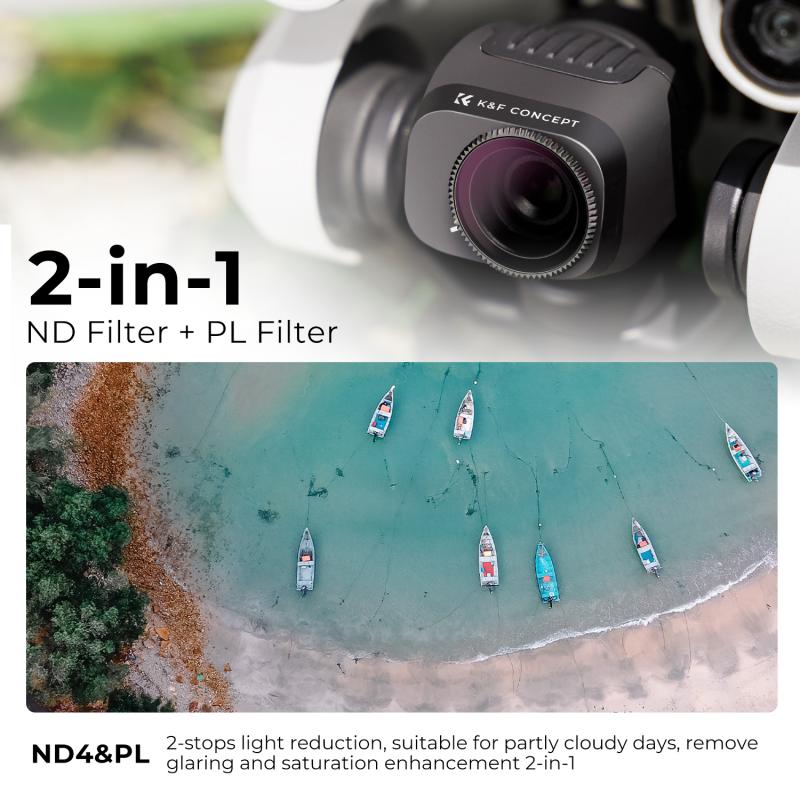
3、 Importance of Stops in Achieving Proper Exposure
"Nd4 how many stops" refers to the Neutral Density filter with a 4-stop reduction in light transmission. This means that the filter reduces the amount of light entering the camera by four stops, allowing for longer exposure times or wider apertures without overexposing the image.
Stops are a crucial aspect of achieving proper exposure in photography. A stop is a unit of measurement that represents a doubling or halving of the amount of light entering the camera. Adjusting the aperture, shutter speed, or ISO by one stop will either double or halve the amount of light entering the camera.
Proper exposure is essential in photography as it determines the brightness and contrast of the image. Overexposure can result in washed-out highlights, while underexposure can lead to dark shadows and loss of detail. By adjusting the stops, photographers can achieve the desired exposure and create a well-balanced image.
In recent years, the importance of stops in achieving proper exposure has been emphasized with the rise of digital photography. With the ability to review images instantly, photographers can quickly adjust their settings to achieve the desired exposure. However, it is still essential to understand the concept of stops and how they affect the exposure to create a well-exposed image.
In conclusion, understanding the concept of stops and how they affect exposure is crucial in achieving proper exposure in photography. The use of Neutral Density filters, such as Nd4, can help photographers achieve the desired exposure by reducing the amount of light entering the camera. With the rise of digital photography, the importance of stops in achieving proper exposure remains relevant and essential for creating well-balanced images.
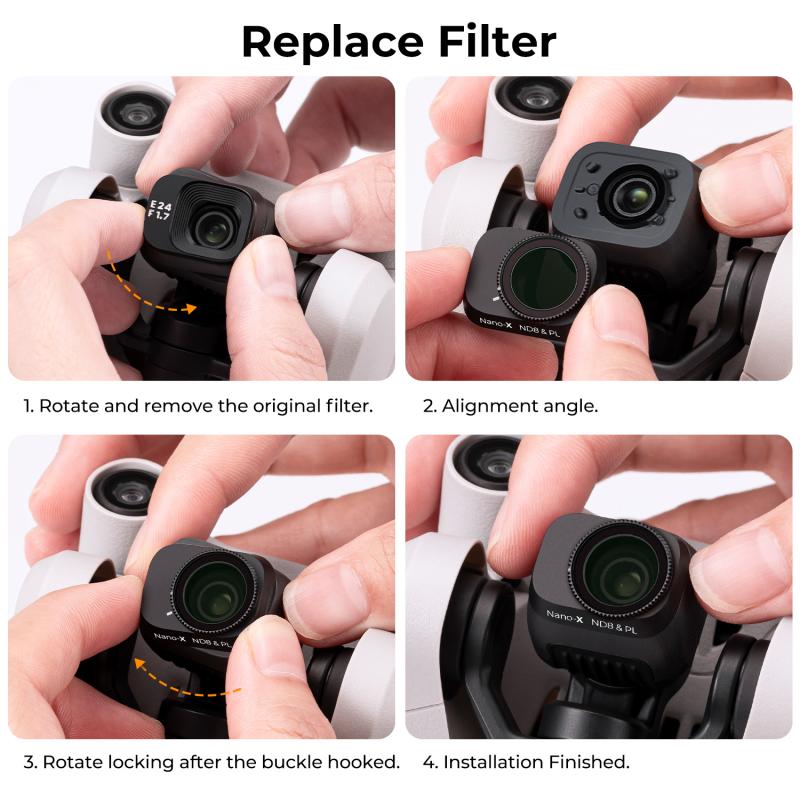
4、 Relationship between Stops and Shutter Speed
The relationship between stops and shutter speed is an important concept in photography. Stops refer to the increments of light that can be added or subtracted from an exposure, while shutter speed refers to the amount of time that the camera's shutter is open. The relationship between these two factors is crucial in determining the overall exposure of a photograph.
In general, each stop represents a doubling or halving of the amount of light that is allowed to enter the camera. For example, if you increase the shutter speed by one stop, you are effectively halving the amount of light that is allowed to enter the camera. Conversely, if you decrease the shutter speed by one stop, you are doubling the amount of light that is allowed to enter the camera.
When it comes to neutral density (ND) filters, the number of stops that they reduce the amount of light entering the camera depends on the specific filter. An ND4 filter, for example, reduces the amount of light entering the camera by four stops. This means that if you were shooting at a shutter speed of 1/100th of a second without the filter, you would need to use a shutter speed of 1/6th of a second with the ND4 filter to achieve the same exposure.
It's worth noting that the relationship between stops and shutter speed is not always straightforward. Other factors, such as aperture and ISO, can also affect the overall exposure of a photograph. Additionally, the latest point of view on this topic is that photographers should not rely solely on the camera's metering system to determine the correct exposure. Instead, they should use their own judgment and experience to make adjustments as needed.





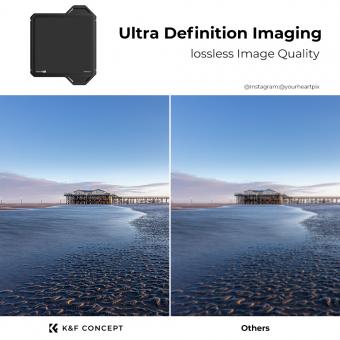
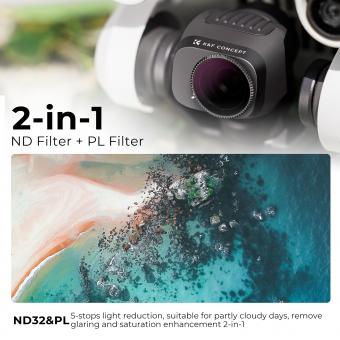


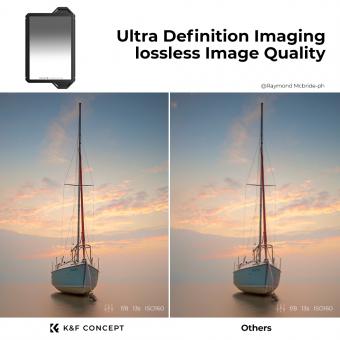

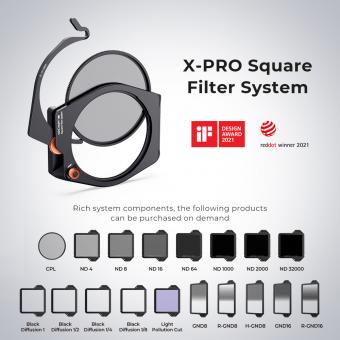


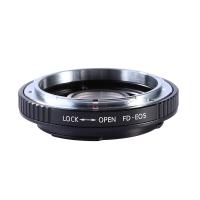
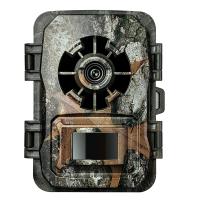




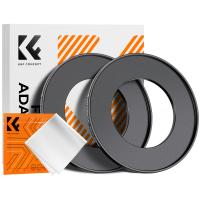
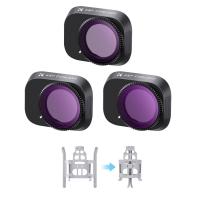




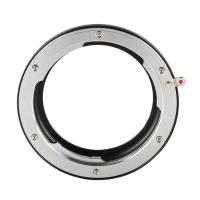

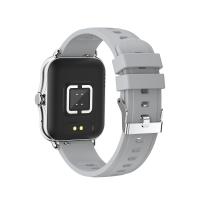
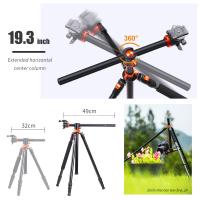
There are no comments for this blog.